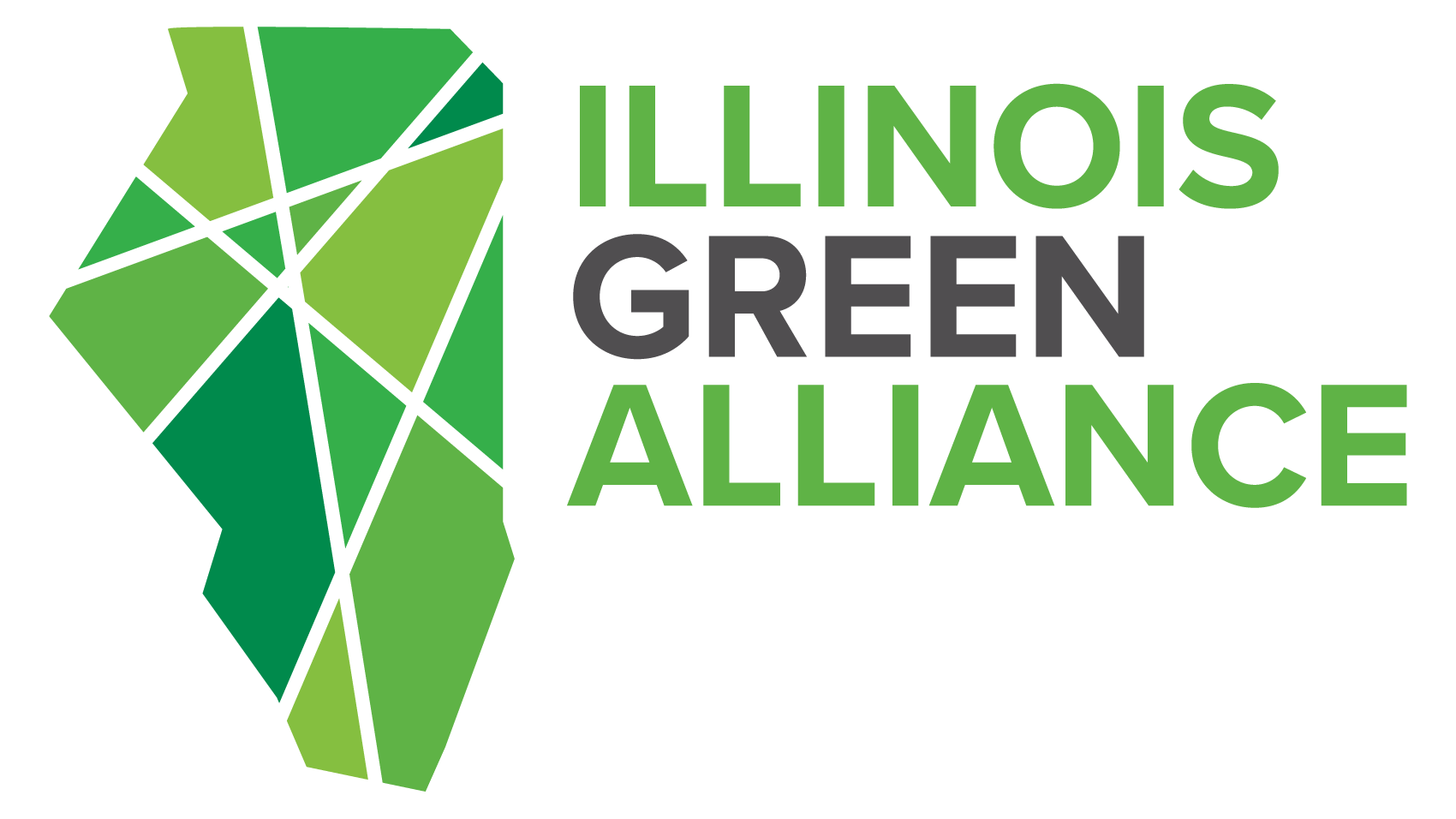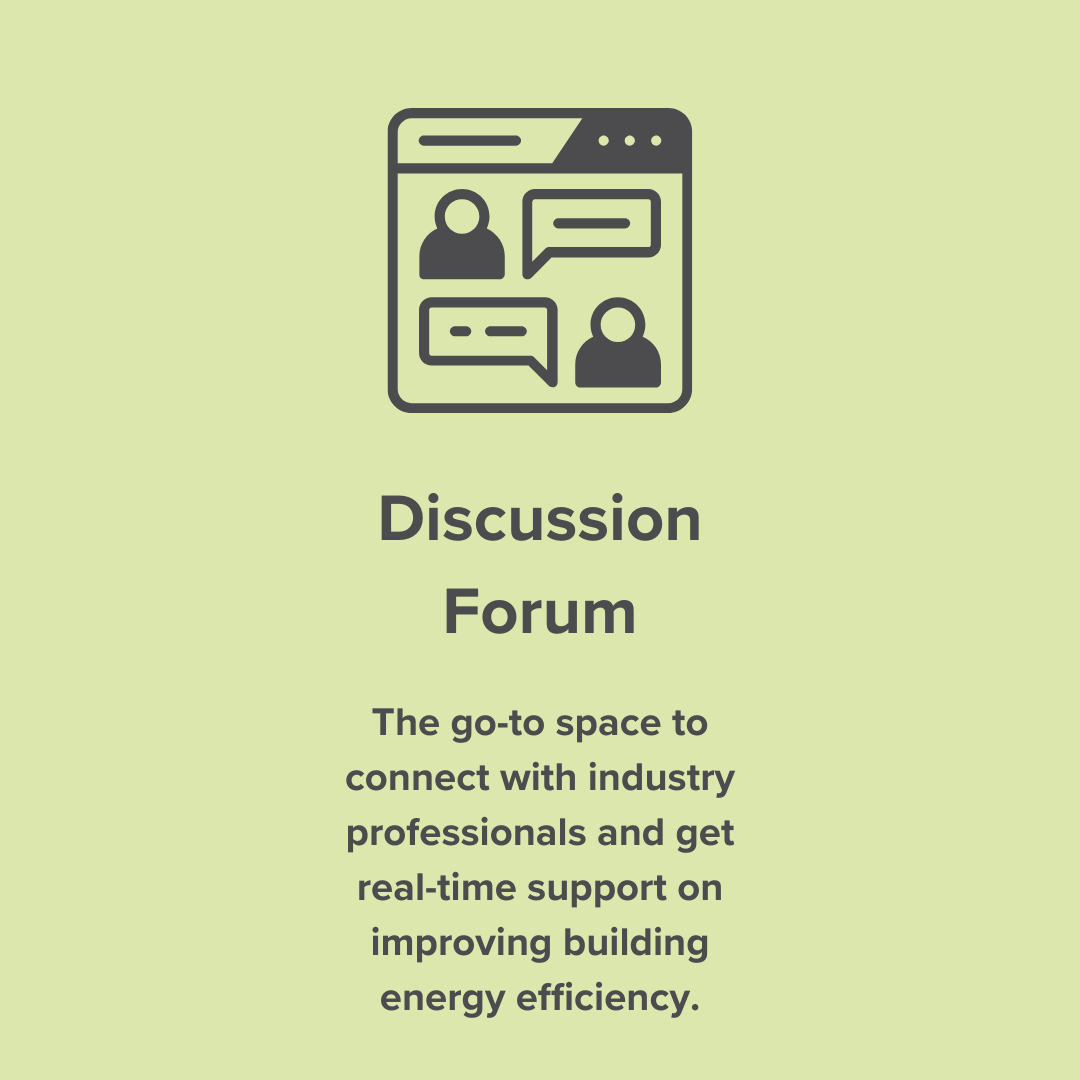Getting to Net Zero in Illinois
Are you ready to get on the path to zero?
In 2021, we set out a simple—yet ambitious—vision: to combat climate change in Illinois, it’s time we made net zero buildings feasible, affordable, and so commonplace that every building in the state is net zero by 2050.
To advance our 2050 vision, we must act now to mainstream the technologies and building strategies that make net zero possible for new and existing buildings. We aim to accomplish this in a number of ways. First, we track the status of verified zero energy, carbon, water, and waste projects throughout Illinois. We also work with project teams to host building tours, publish case studies, and provide recognition at our annual awards program each October.
Our goal is to provide building professionals with the resources they need to navigate their own net zero projects. Yet our 2050 vision is a long-term objective, and we understand the current challenges of building 100% net zero.
Therefore, to put Illinois on a path to a net zero future, we will continue to promote the technologies and best practices that improve overall building efficiency and performance in any way possible.
Why zero?
Limiting global temperature increases to 1.5° C will require an unprecedented scale of transformation in the built environment. In Illinois, the building sector is directly responsible for 30% of greenhouse gas (GHG) emissions. Yet buildings become the largest emitting sector in the state when accounting for both direct emissions and electricity use.
Net Zero Content
Definitions
Though the term “net zero” has become increasingly common among building professionals and environmental advocates alike, there is no one-size-fits-all definition. In general, net zero is the concept of reducing GHG emissions from human activity to as close as zero as possible.
Net Zero Buildings
When it comes to net zero buildings, the building industry and associated certification organizations have broken the concept down into four distinct categories:
- Net Zero Energy
- Net Zero Carbon
- Net Zero Water
- Net Zero Waste
Because of the climate impacts of emissions released by the generation of electricity, we largely—but not exclusively—focus on net zero energy. In our comprehensive Getting to Zero Illinois Report, we define “net zero energy” as a building that produces as much energy as it consumes annually, typically through a combination of energy efficiency measures and on-site renewable energy generation. We define “net zero carbon” as highly energy efficient buildings that are fully powered by carbon-free sources, so their annual and life-cycle carbon emissions are either at zero or negative.
The U.S. General Services Administration has outlined its own set of definitions for the following net zero building terms:
- Net Zero Energy: Consuming no more energy than is produced from renewable sources.
- Net Zero Water: Balancing water demands with water availability.
- Net Zero Waste: Eliminating waste sent to landfills through resource reduction and material reuse and recovery.
- Net Zero Emissions:
Any greenhouse gases emitted into the atmosphere are balanced by the removal of greenhouse gases from the atmosphere.
At Illinois Green, we do not adhere to a single definition or certification of net zero buildings. Instead, we seek to serve as a neutral clearinghouse for resources, best practices, and new technologies that aim to reduce emissions from buildings to as close to zero as possible.
Latest Verified Building in Illinois:
Prairie Activity
and Recreation Center
Completed in 2018, the Prairie Activity and Recreation Center in Plainfield, Ill. holds the title of the first recreation center in the U.S. to achieve net zero energy certification. The 37,500 sq. ft. building hosts a large on-site solar array complemented by a diverse range of sustainable building systems and strategies.
Have a project or resource you want us to know about?
Contact our Education & Engagement Manager, Miranda Wright, today!







